Dipping into the Domesday Book
I’m a modern historian, so the 11th century is not really my area, but I decided to take a look at the entry in the Domesday Book for Amersham. As it turns out, this was a lack of knowledge on my part: there isn’t an entry for Amersham, the book is organised by person rather than place, so various parts of it are listed under the entries for the landowners.
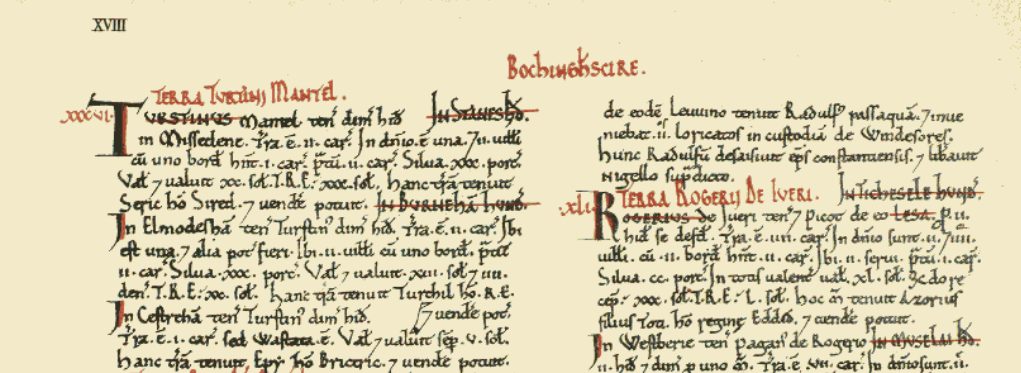
There are actually 6 entries in the book, some of which I investigated further using the entry on the fabulous Open Domesday website, which allows you to view images of the book itself as well as the transcription. The book pages are beautiful to look at and the transcription is very useful as my palaeography skills don’t extend back past the early modern period. The site is brilliantly laid out, you can browse by place or person and so you can get a real idea of how wealthy each of the landowners were. It also has aggregate figure for each place and states that Amersham had a “recorded population of 43 households in 1086, putting it in the largest 20% of settlements recorded in Domesday”.
Turstin Mantel was Lord of three plots of land in Buckinghamshire, and two in Northamptonshire. In Buckinghamshire he held land in Amersham, Chesham and Little Missenden. His manor was probably at Mantles Farm in Missenden. In Amersham he held 2 ploughlands with 2 villagers, 1 smallholder a meadow and a woodland with 30 pigs. Mantles Green in Amersham still bears his name according to the Survey of English Place-Names. I’d looked at this area while going through census data, so it’s satisfying to find out where the name comes from, it’s great when you find that something you thought was a diversion turns out to have relevance to something you are researching.
Bishop Odo of Bayeux held a ploughland in Amersham, with 3 smallholders, a meadow and mill. Following the Norman Conquest he was given this land along with some 560 other holdings, mostly in East Anglia, by his half-brother William the Conqueror after his role in the Battle of Hastings. He is pictured in the Bayeux Tapestry holding a club aloft, which seems extraordinary for a Bishop now, but was not so unusual at that time as a quote in his Wikipedia entry explains.
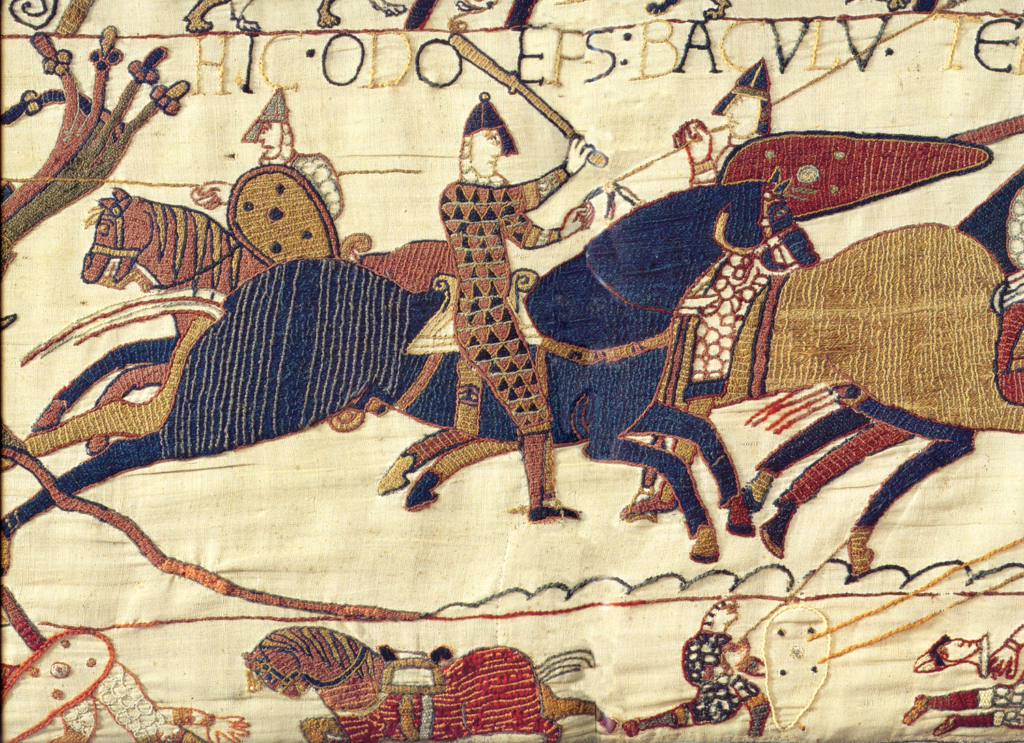
Another half-brother of William the Conqueror, and brother of Odo, Count Robert of Mortain, was lord of 2 ploughlands in Amersham with 1 villager, 1 smallholder a meadow and a woodland with 20 pigs. Again these were held alongside a great many other parcels of land, mostly in Cornwall. The two brothers were the largest landowners in the country after King William. The size of the holdings makes it seem likely that neither of the brothers actually ever visited the lands they held in Amersham, simply using them as a source of income and power.

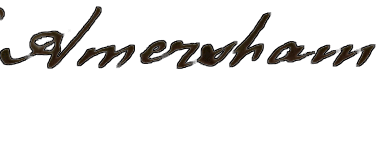
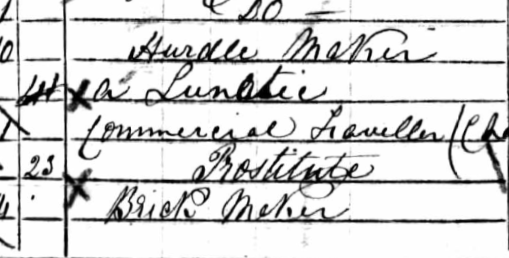

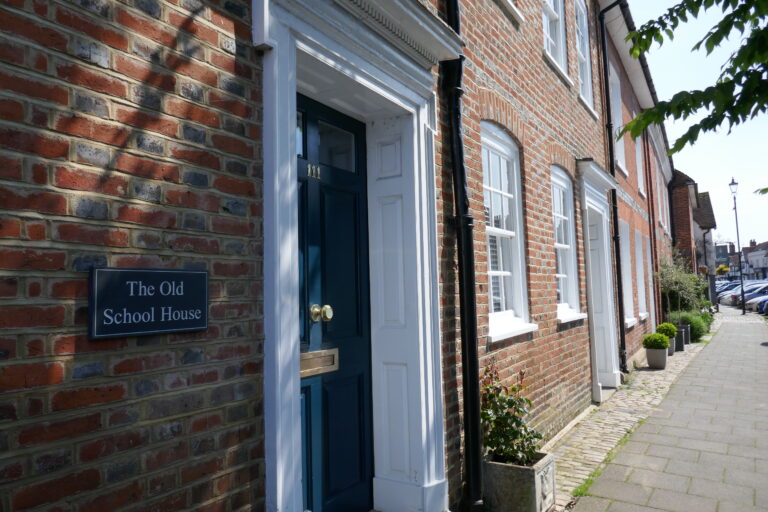

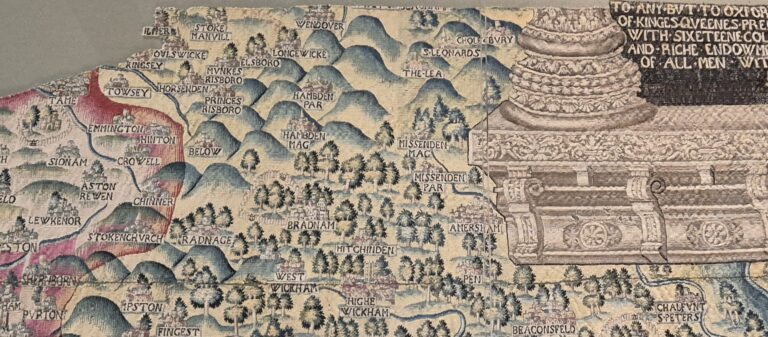
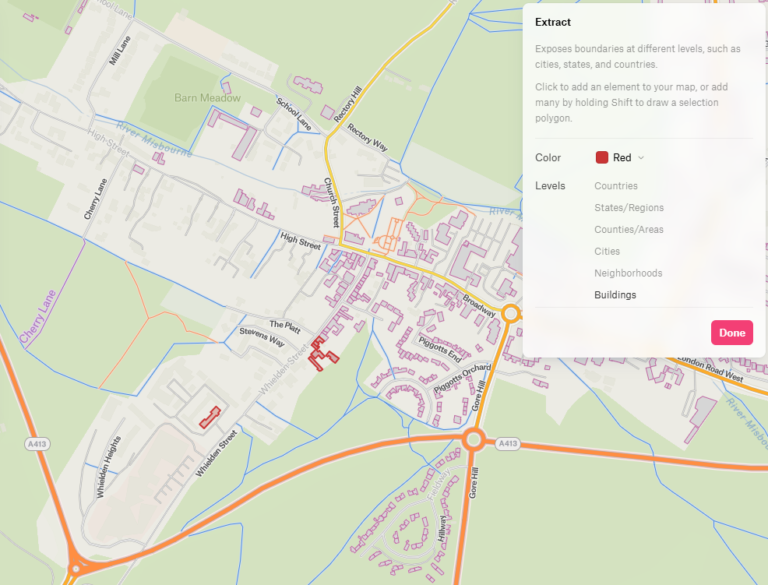
The Open Domesday website is a fascinating resource for anyone interested in medieval history. The ability to view both the original pages and their transcriptions is incredibly helpful, especially for those of us with limited palaeography skills. It’s impressive how detailed the records are, providing insights into the wealth and land ownership of the time. The fact that Amersham had 43 households in 1086 really puts its historical significance into perspective.
How accurate do you think these records are in reflecting the actual population and wealth distribution of the time?